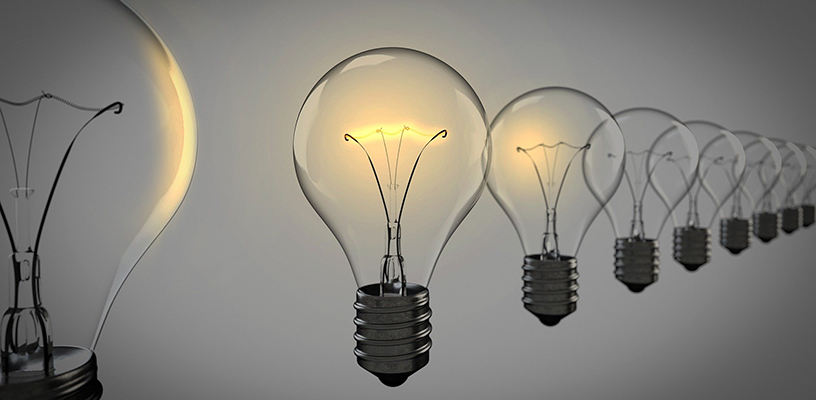Struggling to pay your energy bills?
If you're struggling to keep up with your energy costs, it's so important to contact your supplier, especially if you miss or are in danger of missing a payment – they should be able to give you advice or help you find a way to manage your payments. You might also benefit from one of the government's schemes designed to assist people who struggle with their energy bills.
- Visit the Citizens Advice website for information on the different schemes available
- Find out more about how we can help you afford your energy costs
Tips to keep costs down
This list gives a good overview of how much money you could save by doing some simple things in and around your home. It's also really important that your home is adequately insulated. This includes your loft, cavity walls, and internal and external walls.
If you did all of the things listed here, you could save almost £300 (per year) on your energy bills. Keep scrolling for more information on how you can achieve these savings.
How much money could you save?
- Switch off standby: £30
- Use a bowl when washing up: £25
- Only fill the kettle with what you need: £6
- Fit a water-efficient shower head: £18
- Draughtproof doors and windows: £20
- Use smart heating controls: £75
- Turn your thermostat down by one degree: £80
- Replace standard lightbulbs with LED: £30
- Turn off lights when leaving a room: £13
Switch it off
When your TV and other appliances are on standby, they're still using electricity. While it's not possible to switch off your fridge and freezer, other items to consider switching off when not in use include:
- TVs
- washing machines
- microwaves
- coffee machines
- food processors
- fans
- showers
- laptops and computers.
Adjusting the temperature of your fridge and freezer will help as well. The optimal temperature of your fridge should be between 3 and 5 degrees Celsius, and between -15 and -18 degrees Celsius for your freezer.
Every degree lower requires an additional 5% more energy to process - it all adds up.
Heat your home well
You can save £80 per year just by turning your thermostat down by 1°. The optimum heat in your home is anywhere between 18°C and 21°C, depending on how well insulated your home is.
Here are two videos from the Energy Saving Trust showing how to use your thermostat and boiler heating system efficiently:
Energy saving lightbulbs
Traditional lightbulbs waste energy and are bad for the environment. Knowing which lightbulbs are right for your home will save money - and the planet.
Low energy lightbulbs have a reputation of not being bright enough, but understanding the difference between watts and lumens will make a big difference to the brightness of your home.
The Energy Saving Trust says: 'Typically we're used to looking at watts to determine how bright a bulb will be. Watts measures power consumption not brightness. Low energy bulbs use fewer watts than traditional bulbs so you cannot look at watts to gauge the brightness of a low energy bulb. Instead you have to look for a bulb's lumen output.'
The table below shows the relationship between wattage of traditional bulbs and lumen values of (more efficient) LEDs/CFLs.
| Traditional bulb | LED / CFL bulb |
|---|---|
| 15 watt | 140 lumen |
| 25 watt | 250 lumen |
| 40 watt | 470 lumen |
| 60 watt | 800 lumen |
| 75 watt | 1,050 lumen |
| 100 watt | 1,520 lumen |

Saving water
An average toilet uses around two gallons of water per flush. This is a huge improvement on the older cisterns that used around eight gallons of water per flush.
You can save more water per flush by using water displacement devices. These devices sit in your toilet cistern and can save up to 51 litres of water per person, per day.
To find out more about water saving devices, many of which are free, visit the Reduce, Reuse, Recycle website.
